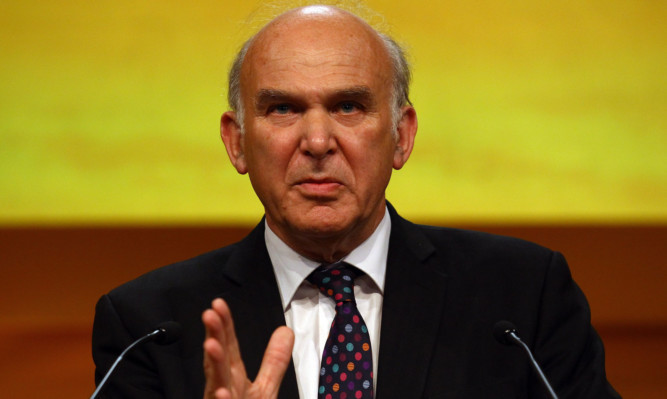
“Foolish” Labour plans to cut tuition fees for university students in England would “achieve nothing and do a lot of damage”, Business Secretary Vince Cable has claimed.
Ed Miliband has said he hopes to cut the maximum annual fee to £6,000 from the current £9,000, but the party is yet to spell out any detail on how this might be done.
But Mr Cable insisted that slashing fees – raised by the coalition Government in 2012 – would result in courses being cut and was not the best way to help the younger generation, who he acknowledged were being “squeezed” in education, housing and jobs.
The Liberal Democrat minister accepted that his party had “a bad history” over tuition fees, after committing a U-turn on its 2010 manifesto promise to scrap them, but insisted that the new system was “fairer” and was resulting in more young people from disadvantaged backgrounds going on to higher education.
“The present system is not going to change and it is better than what we had before,” Mr Cable told BBC Radio 4’s Today programme.
Mr Cable said that Labour had not been “totally clear” about their plans, adding: “As I understand it, the people advising Ed Miliband and his team are telling him that this is a foolish thing to do because it will either open a very large hole in their budget or it will be funded by quite serious cuts to universities, which is the last thing we want.”
Teaching STEM subjects (science, technology, engineering, and mathematics) at university costs around £12,000 a year, and universities would respond to shortfalls in funding by closing expensive courses, said Mr Cable.
“If we don’t provide the funding to universities they will simply cut back on their courses,” he said. “To go to £6,000 would be a populist gesture which would achieve nothing and do a lot of damage.”
The decision not to charge fees in Scotland meant universities north of the border were “underfunded”, while fewer students from disadvantaged backgrounds were receiving higher education and the budgets of further education colleges were being “raided”, said Mr Cable, warning: “We can’t repeat that experience in England.”
He added: “We have got to spell out the truth of how things are, rather than tell them what they want to hear. I think all political parties have done that and shouldn’t have done so.”
Mr Cable acknowledged that young people had been “squeezed” in recent years.
“We are in an environment where the younger generation are being squeezed not just through the education system but primarily in the housing market and in the way that jobs are no longer as secure as they were a generation ago.”
Urging students to vote in the May 7 general election, he said: “If young people don’t get out and have their voice heard, these problems will not be addressed.”

Enjoy the convenience of having The Sunday Post delivered as a digital ePaper straight to your smartphone, tablet or computer.
Subscribe for only £5.49 a month and enjoy all the benefits of the printed paper as a digital replica.
Subscribe